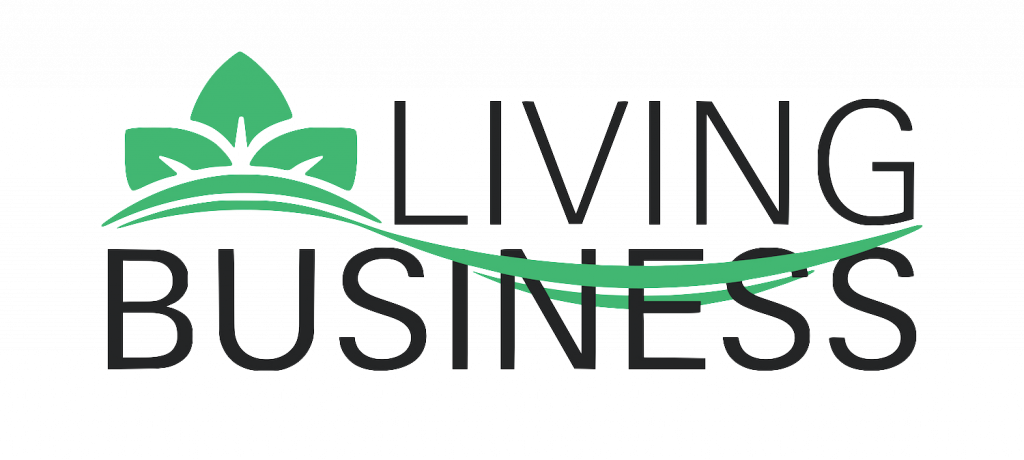How to be like Patagonia: 3 lessons in responsible business

Among corporate sustainability professionals, I often hear a behind-the-scenes code phrase: “We’re not Patagonia.” I’m doing the best I can, it implies, but:
…our business was built on a model that is fundamentally bad for the environment.
…our customers will buy our products regardless of how sustainable they are.
…our impact on nature is far away and indirect.
…paying our workers more would threaten profitability.
…truly engaging with communities is expensive and risky.
…company leadership and investors aren’t bought in.
…pushing any harder could endanger my job.
It’s a catch-all for the reasons a company can’t or won’t transform anything from products to packaging to marketing to supply chains to lobbying. And the number of times I’ve heard variations of it in my 20 years in the field is both a testament to Patagonia’s continued leadership as well as an indication of why businesses are not delivering on sustainability commitments.
Patagonia’s once novel approach to sustainable materials, reducing emissions, prioritizing social good–and style of communicating about it all–is taught in sustainability grad programs everywhere. The company made fleece from plastic soda bottles, starting in 1993. It provocatively launched its ‘Don’t Buy This Jacket’ anti-consumption campaign on Black Friday in 2011. The company targets carbon neutrality by 2025 — and looks beyond that toward taking gross emissions to zero.
When sustainability professionals shrug, “We’re not Patagonia,” it’s not for lack of Patagonia trying to show them how to be. A new book (released in September), The Future of the Responsible Company: What We've Learned from Patagonia's First 50 Years, by Vincent Stanley with company founder Yvon Chouinard, builds (with 75 percent new content) upon their book The Responsible Company, published in 2012, which laid out their thesis around harm reduction, quality products and worker culture. The refresh, according to the book’s preface, is intended to account for the “dramatic shifts” that “have taken place in the world and at Patagonia” since the original version.
It expounds on what it means to be responsible to six audiences: owners/shareholders, workers, customers, community, nature and society, with candid examples from Patagonia’s own challenges getting it right.
With the book’s advice in mind, I spoke with author Vincent Stanley, director of Patagonia philosophy (that’s his real title), about what makes the company different, and why its methods seem so hard for other businesses to emulate. It comes down to three main themes.
“We are the same as every other business in 99% of our needs, our aspirations, our operations. There's not that much difference.”
Patagonia doesn’t make or sell low-quality products
It had a head start on this. “One of the things that helped direct our fate,” said Stanley, “was the fact that we came out of building climbing gear.” In that business, customers “are trusting their lives to the quality of what you're making.”
Patagonia’s predisposition for high quality, at least in part, led to a high price point. As a result, the company, which remains on the small size of big, with $1.5 billion in annual revenue, can afford to be sustainable: It has both the social license and the capital.
But it isn’t always easy. Stanley says that the company’s laser-focus on premium quality apparel “mostly came about in a negative way, in which we would discover something that we were doing, or was being done in the supply chain in our name, that we were ashamed of, and that we wanted to change.” Perfluorinated compounds (aka PFAS) are an example. Recently, after a phase-out process that took 15 years, the company announced it’s converting all of its “durable water-repellent membranes and finishes to non-fluorinated alternatives by 2025.”
All that R&D adds costs, and Patagonia’s customers will pay part of that to stay dry. So what if you don’t have that pricing wiggle room? “Being the lowest-cost provider really works against a lot of [what] needs to be done to improve performance,” he acknowledges, while giving due respect to McDonald’s and Walmart for their efforts to change the systems they work within in order to do better.
Patagonia sweats the small stuff and the big stuff
Toward the end of the book, The Future of the Responsible Company includes a long checklist of what I would deem “small stuff,” from mulching your landscaping to providing low-emission employee transportation options. Many sustainability professionals remain mired in pushing for things like this and never making it to the big, systemic changes — new business models, approaches to energy and water and alternatives to fossil fuels. For that reason, I tend to have little patience for these at-the-margins initiatives. Why does Patagonia spend time on them, and why recommend them to others?
“You have to look at material impacts,” he acknowledges. “For us, more than 90% of our impact is in the materials that we use. But it makes a difference to our approach to our material use to pay attention to every activity…it keeps you honest, in a way. It also keeps everybody engaged.” He pointed out that Patagonia’s trade show booths are reused for 10 years, and fully recycled at end of life.
Patagonia doesn’t make excuses
In chapter two, the new book reveals that “Patagonia was meant to be an easy-to-milk cash cow, not a risk-taking, environment-obsessed, navel-gazing company,” but that the founder and staff’s love for the outdoors – and protecting their favorite surf breaks and mountain passes – organically predisposed them to ask questions about environmental impact, like the many downsides of cotton. Their own life transitions — having kids — led to social innovations like onsite daycare. And their interest in transparency was inspired by employees’ curiosity and desire to explain what they were learning. All of these reinforced the company’s positive reputation among those who share its values.
I asked Stanley, “What do you say to those who respond to your recommendations with ‘Well, Patagonia is different. They get to do things differently, and we don't.’”
“There's always a good excuse for falling short,” he said. “I remember when [Patagonia was] very small, and people within the company, when we would be debating on what to do, they'd say, ‘Well, we're too small a company to do that.’ And then we got to a certain size, and in the same debates, I’d hear, ‘Oh, well, we're too big a company to do that.’ I would really discourage people from coming up with — or accepting — excuses. There are always things that we can't do. But it's not a good habit to get into to say, ‘Oh, well, you know, Patagonia is Patagonia, and they're a one-off.’ We are the same as every other business [in] 99% of our needs, our aspirations, our operations. There's not that much difference. So if we can do something— and we're still in business, and we're still profitable — I think people might pay attention to that.”
Source: Dylan Siegler, SVP, Sustainability at GreenBiz Group
Related Posts


